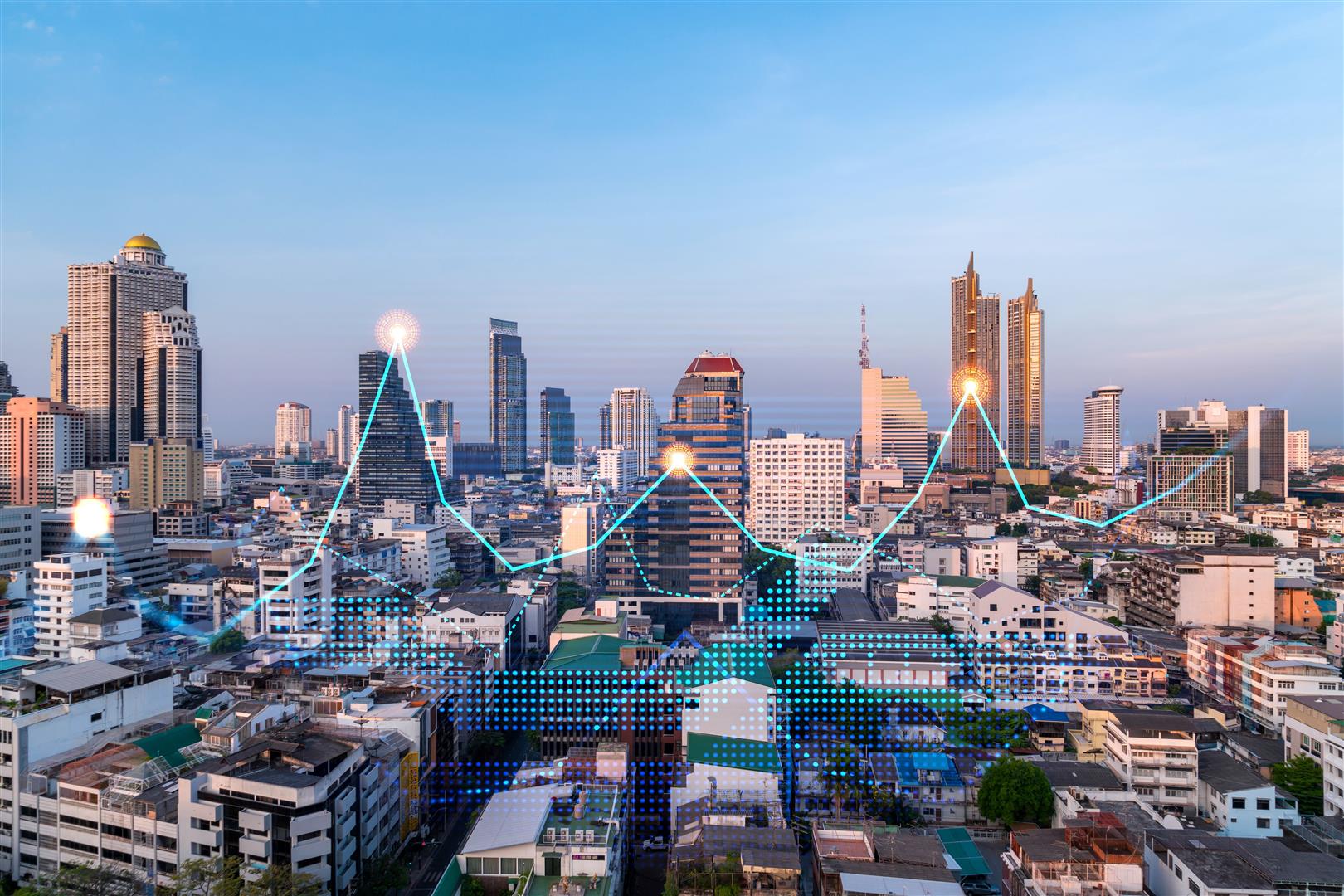For foreign investors, especially new investors, who are looking for investment areas together with investment promotion with both tax-based incentives and non-tax-based incentives, Thailand should be thought of as an excellent choice because of its many outstanding features, such as investment areas that have a gateway connecting to neighboring ASEAN countries and the strength of the domestic supply chain, especially for the automotive, electronic, and petrochemical industries. The government has developed investment areas in more than 15 special economic zones since 2014, which are discussed below:

- Ten border special economic zones are in Chiang Rai, Tak, Mukdahan, Nong Khai, Nakhon Phanom, Sa Kaeo, Trat, Kanchanaburi, Songkhla, and Narathiwat;
- The Eastern Economic Corridor (EEC) is based in three eastern provinces, namely Chachoengsao, Chonburi, and Rayong, to develop the east coast areas known for more than 30 years and the eastern seaboard. There is a development project called “Innovation City,” or Eastern Economic Corridor of Innovation (EECi), which aims to become the “Silicon Valley” of Thailand, and there is also the “New Smart City with Innovation,” or the Eastern Economic Corridor of Digital (EECd).
- Four new economic corridors are the following:
- The Northern Economic Corridor (NEC – Creative LANNA), comprising Chiang Mai, Lamphun, and Lampang, as investment areas for sustainable development of creative economy of the country;
- The Northeastern Economic Corridor (NeEC- Bioeconomy), consisting of Khon Kaen, Nakhon Ratchasima, Udon Thani, and Nong Khai, developed to become a new base of bioindustry of the country with advanced technology throughout production connecting to agriculture and bioindustry;
- The Central-Western Economic Corridor (CWEC), consisting of Phra Nakhon Si Ayutthaya, Nakhon Pathom, Suphanburi, and Kanchanaburi, developed to become a leading economic base for agro-tourism industry and high-value hi-tech industries at international standards connecting to Bangkok as a whole and the EEC;
- The Southern Economic Corridor (SEC) includes Chumphon, Ranong, Surat Thani, and Nakhon Si Thammarat, developed to become the southern hub for connecting trade and logistics with major economic areas of the country and countries in the region. The Andaman Sea is the base of bioindustry and high-value agricultural processing and tourist attractions at international levels.
- The Special Economic Zone (SEZ) covers 10 provinces, namely Chiang Rai, Kanchanaburi, Narathiwat, Nong Khai, Nakhon Phanom, Trat, Songkhla, Tak, Sa Kaeo, and Mukdahan, developed to become a new border province economic zone, a gateway to neighboring countries.
All of these areas are full of tax-based and non-tax-based incentives in response to investors, with which the Thai government expects to encourage Thai and foreign investors to make more investments to drive forward a “K-shaped” economy, in which importance is given to investments in targeted industries and elevation of the grassroots economy at the same time.
Source :Open Development Thailand (ODT)

